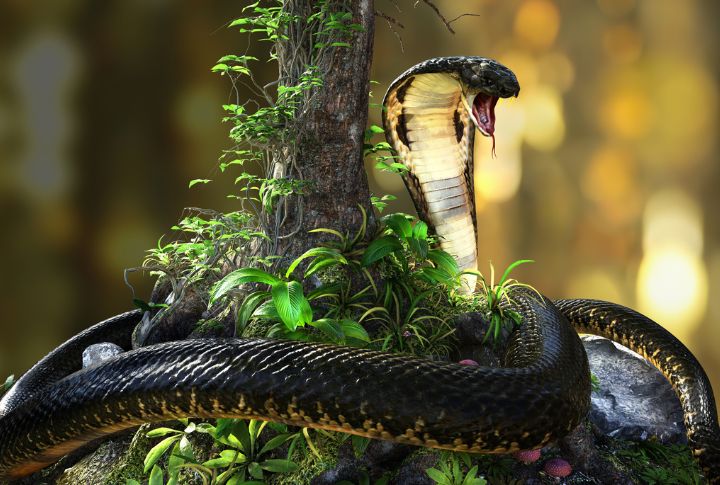
Not many animals inspire as much fear and fascination as snakes. While many snakes are harmless and play important roles in their ecosystems, some are equipped with potent venoms that can be deadly to humans. To help you know which snakes to avoid or be extra careful around, we have compiled a list of 15 dangerous ones.
Inland Taipan

This taipan wields the most toxic venom of any snake on land, capable of killing a human in under an hour. However, there is no report of them attacking humans yet. Still, it has earned the name the “fierce snake” and primarily resides in Australia.
King Cobra
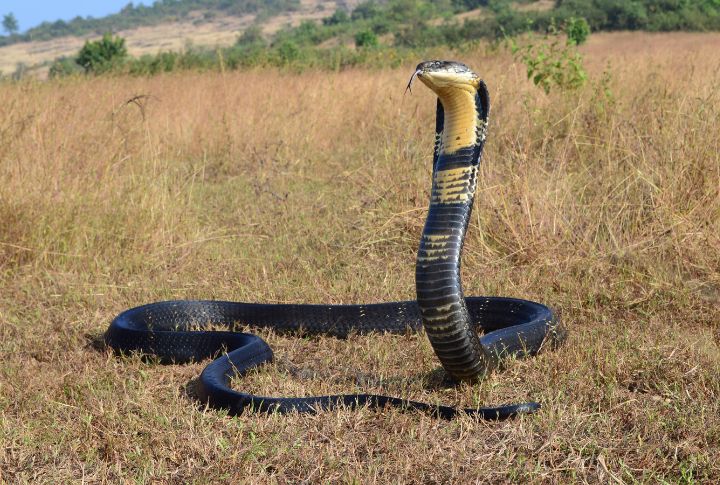
The king cobra, the world’s lengthiest venomous snake, can reach up to 18 feet. Its venom, in a single bite, is powerful enough to kill an elephant, and it can deliver multiple bites in a single attack.
Black Mamba
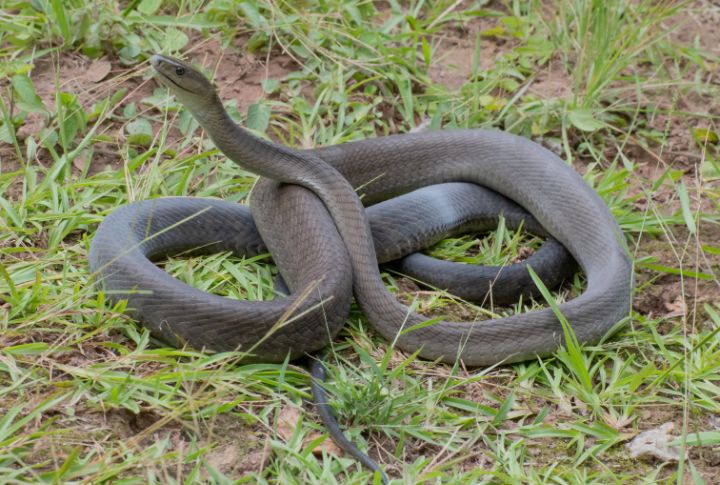
Native to sub-Saharan Africa, the black mamba is fast, aggressive, and has strong neurotoxic venom. A bite can start to show symptoms in 10 minutes and can be fatal within hours if untreated.
Eastern Brown Snake
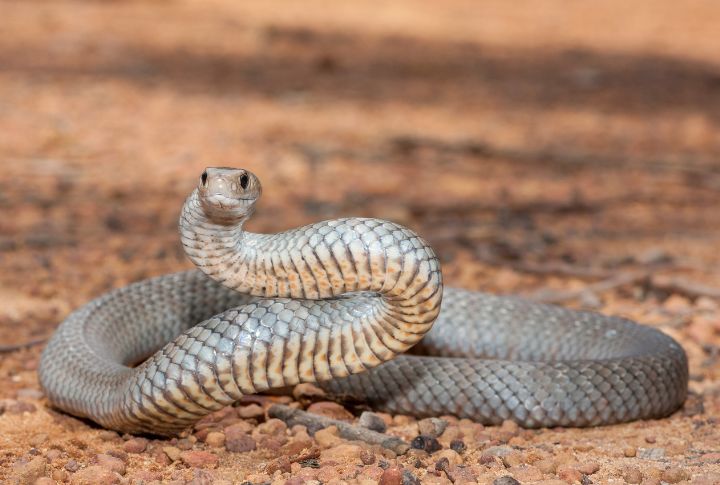
As it is responsible for most snakebite deaths in Australia, you can bet the Eastern brown snake is very venomous. The venom causes progressive paralysis and uncontrolled bleeding.
Russell’s Viper
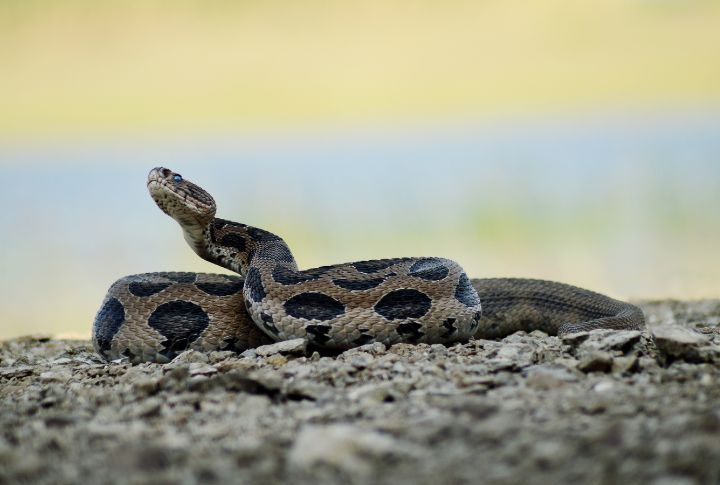
A member of the big four snakes in India, this viper has a highly hemotoxic venom that catalyzes severe pain and necrosis. The snake is responsible for countless snakebite fatalities in India and surrounding countries.
Boomslang
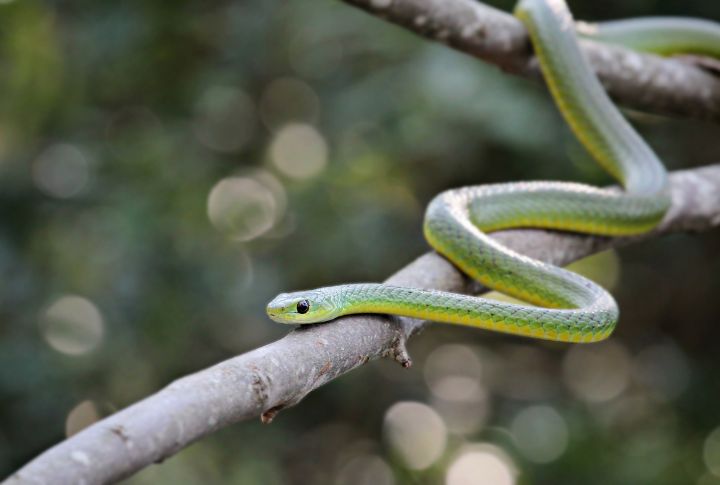
The boomslang is a very venomous tree snake from Africa whose venom causes hemorrhaging. Besides internal or external bleeding, victims may also get headaches and mental disorders.
Saw-scaled Viper
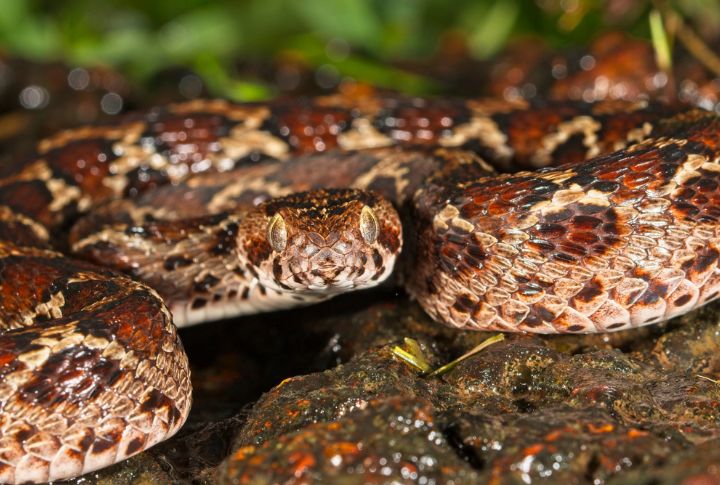
Responsible for more human deaths than every other snake, this small but highly venomous viper is found in parts of Africa, the Middle East, and India. In India, its annual victims are roughly 5,000. Its venom is hemotoxic, causing swelling and coagulopathy.
Gaboon Viper

This viper from Africa has the longest fangs of any snake—up to 2 inches—and deadly hemotoxic venom. Its bite can cause rapid swelling, blistering, intense pain, and tissue necrosis. However, they aren’t aggressive snakes.
Tiger Snake

Native to Australia, the tiger snake’s venom contains neurotoxins, procoagulants, and myotoxins. A bite can cause respiratory muscle paralysis and interfere with blood clotting.
Coastal Taipan
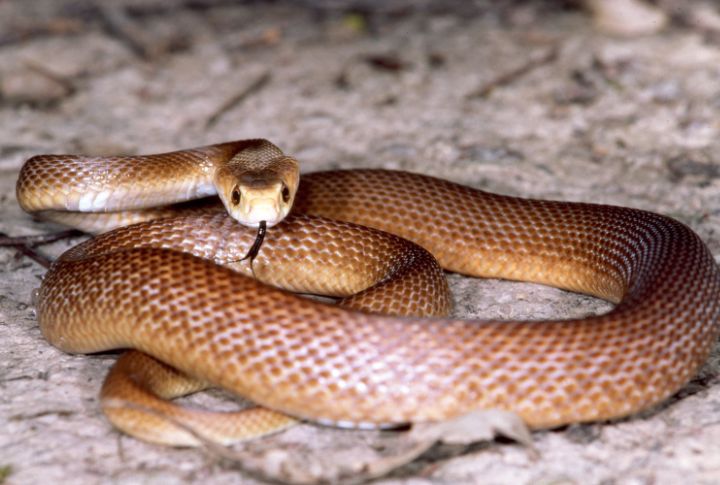
This Australian and New Guinean snake can strike quickly and can release a lot of venom. Their venom affects the nervous system and blood clotting mechanisms.
Fer-de-Lance

The fer-de-lance lives in Central and South America. The snake has a camouflage advantage and the tendency to be hostile. That’s not all. Its venom brings swelling, pain, and coagulopathy.
Many-banded Krait
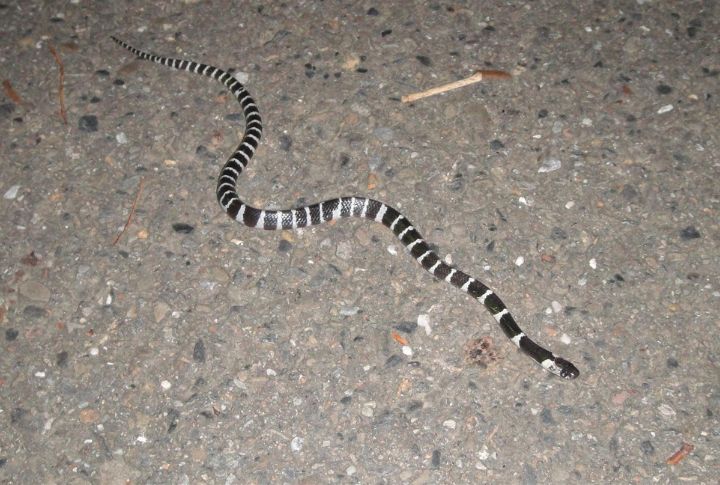
Also called the Chinese krait or the Taiwanese krait, this snake’s venom is highly neurotoxic. A bit from it can damage the kidney or end in death if not treated promptly.
Mojave Rattlesnake
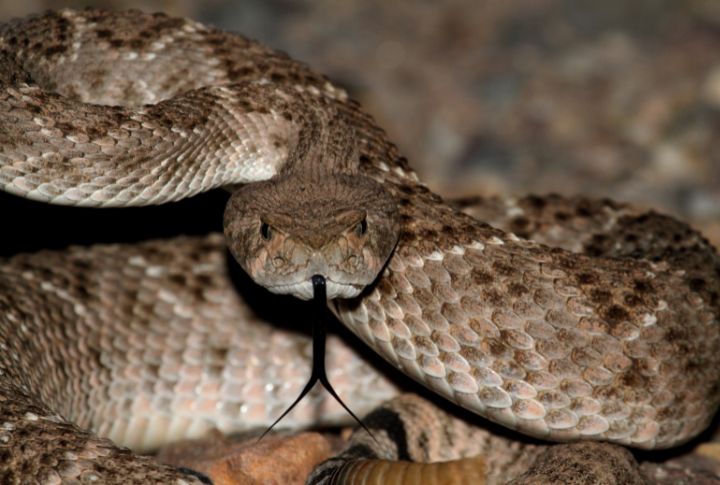
Found in the deserts of the southwestern United States and Mexico, the Mojave rattlesnake’s venom contains both neurotoxins and hemotoxins. This combo makes its bite particularly dangerous.
Philippine Cobra
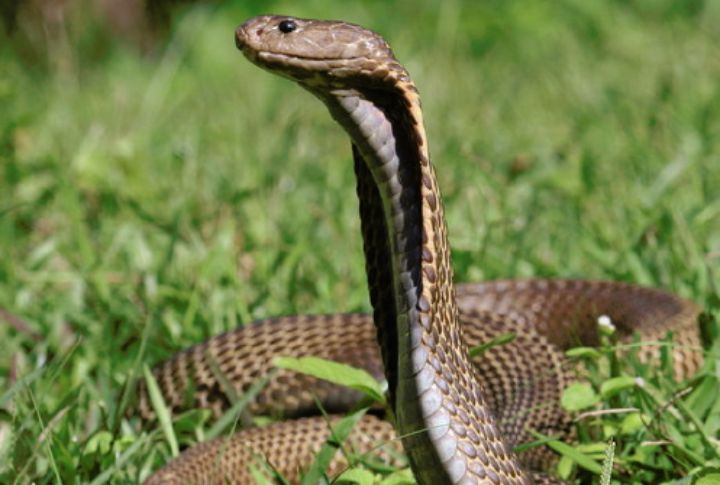
This snake’s venom can cause respiratory paralysis and death if not treated quickly. It is a spitting cobra that can shoot venom accurately at its victim’s eyes, resulting in permanent blindness.
Banded Krait
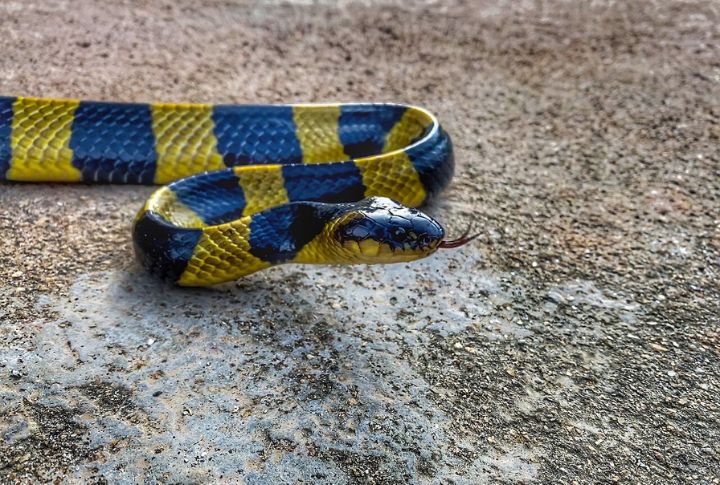
The Banded Krait is the longest among kraits and can be longer than 2 meters. It is found in Southeast Asia and the Indian Continent, among other places. The krait’s venom is primarily neurotoxic, causing paralysis and potentially fatal respiratory failure.

Comments
Loading…